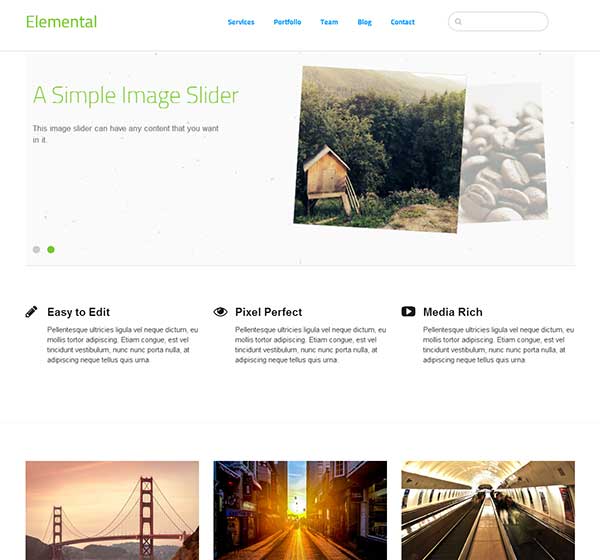
When it comes to choosing a Content Management System (CMS) for your website, there are several options available, each with its own set of features and benefits. Concrete CMS, formerly known as Concrete5, is a popular choice among website creators due to its user-friendly interface and powerful capabilities. However, like any tool, it has its own strengths and limitations. In this article, we’ll explore the pros and cons of using Concrete CMS for your website.
Pros of Using Concrete CMS:
1. User-Friendly Interface:
Concrete CMS is renowned for its intuitive and user-friendly interface. Even individuals with limited technical knowledge can navigate the system, create pages, and manage content with ease. This makes it an ideal choice for small business owners, bloggers, and beginners who want to maintain their websites without getting into complex coding.
2. Real-time Editing:
One of the standout features of Concrete CMS is its real-time editing capability. You can make changes to your website’s content and see the results immediately, without having to switch between editing and preview modes. This instant feedback streamlines the content creation and editing process.
3. Customization Options:
Concrete CMS offers a wide range of themes, templates, and add-ons that allow you to customize your website’s design and functionality. This flexibility enables you to create a website that aligns with your brand’s identity and serves your specific needs.
4. Built-in SEO Tools:
Concrete CMS provides built-in tools to optimize your website for search engines. You can set meta titles, descriptions, and keywords for individual pages, improving your site’s visibility on search engine results pages (SERPs) and potentially attracting more organic traffic.
5. Active Community and Support:
Concrete CMS boasts a supportive community of developers, designers, and users who contribute to its growth. The availability of online forums, documentation, and tutorials means you’re likely to find solutions to any issues you encounter during your website-building journey.
Cons of Using Concrete CMS:
1. Learning Curve for Advanced Features:
While Concrete CMS is beginner-friendly, some of its more advanced features may require a steeper learning curve. Users who want to take full advantage of customization options or delve into complex functionalities might need to invest time in learning how to use them effectively.
2. Limited Plugin Ecosystem:
Compared to some other CMS platforms, Concrete CMS has a more limited selection of plugins and extensions. While it covers the basics, you might find that certain specialized functionalities require custom development.
3. Not Ideal for Complex E-commerce:
While Concrete CMS can handle e-commerce websites, it might not be the best option for very large or complex online stores. There are e-commerce-specific platforms that offer more advanced features and integrations for managing extensive product catalogs and intricate sales processes.
4. Less Popular than Some Competitors:
While Concrete CMS has a dedicated user base, it’s not as widely known or used as some other CMS platforms like WordPress or Joomla. This might mean fewer third-party resources, developers, and designers available to assist you with your website.
Conclusion:
Concrete CMS offers a user-friendly and efficient way to manage and create content for your website. Its real-time editing, customization options, and SEO tools make it a valuable tool for individuals and small businesses looking to establish an online presence without a steep learning curve. However, it’s essential to consider its limitations, such as the learning curve for advanced features and its comparatively smaller plugin ecosystem.
Ultimately, the choice of CMS depends on your specific needs, goals, and level of expertise. If you’re seeking a platform that balances user-friendliness with customization potential, Concrete CMS could be the right choice for you.
